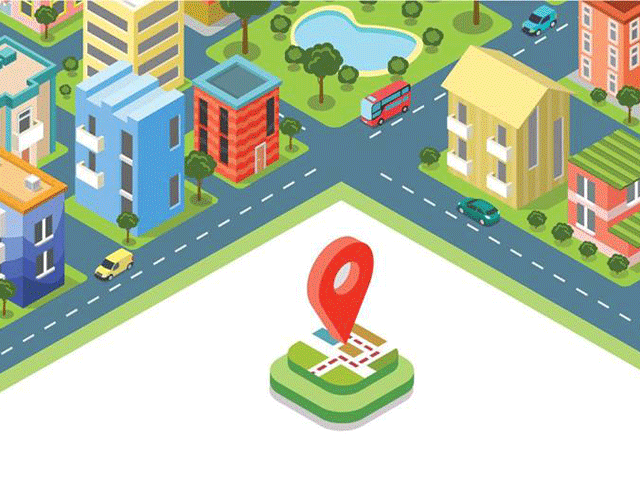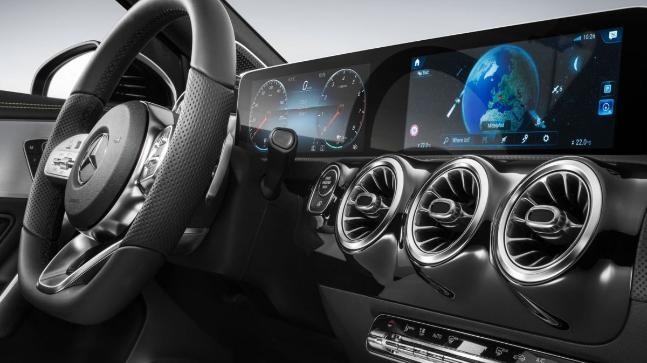Instead of a long rambling address, which still fails to direct people accurately, LinCodes wants you to have a 12-digit address and ensure you never get lost.
ow many times has the gentle voice of the GPS (Global Positioning System) on your mobile phone guided you straight into a wall? Or, how many times have you patiently explained the direction of your house to a delivery boy even after sharing your location?
While GPS has been a considerable blessing for most of us, it has not turned out to be completely hassle-free. And, it was this hassle which prompted 37-year old Pramod Rathi and his co-founder 29-year old Bharat Bagari to work on a solution which can provide better guidance than GPS.
In April this year, the duo launched their app aptly called LinCodes.
LinCodes, the founders claim, is precise and will guide you into a wall only if you are aiming for it.
Forget Pin Codes, Get LinCodes
Available as a mobile app, LinCodes is designed by the founders using Google Mapsas the foundation. Short for ‘Location Index Number’, LinCodes is a unique 12-digit digital address. These digital addresses have been generated by the startup by dividing the entire geographical expanse of the country into a grid of 10×10 ft squares and these segmented areas have then been given a unique numerical code as an address.
“LinCodes is a collective addressing system for India, based on a grid of 360 billion squares of 10ft x 10ft area. Each of that 10ftx10ft squares has been pre-allocated a fixed & unique 12 digit number. Using numbers means non-technical people can find any location accurately and without any language barrier, it can be communicated easily and more quickly with less uncertainty,” said Rathi.
Rathi says with the system, even rivers, forests, mountains and even trees and light poles can be assigned unique codes.

For ease of use, the app also provides its users with an option to save and create a list of multiple LinCodes for frequent destinations. Individual users can share their Lincode number with their contacts and so can office enterprises list LinCode number as a digital address.
Necessity is the mother of invention
It was while the founders were working in the real estate industry that the constant problem of locating addresses inspired them to put the problem to rest, once and for all.
“Either we were not able to explain the exact location or clients were not able to get it correctly, which more often than not lead to a lot of time wastage. This inspired us to make an easy and simple system to locate any destination,” explained Rathi.
The problem, as we all know, is all-pervasive, especially in a developing country like India with poorly addressed areas. “In India, a big part of our population suffers from poor or insufficient addressing system. This results in several, multi-faceted problems like issues with receiving deliveries to even reporting crime in a quick manner,” says Rathi.
Considering that internet connectivity is still a problem, especially in the interiors of the country, the app functions without an active data connection as well. “This solves a perpetual constraint when in remote and unaddressed locations, or in areas with poor or no connectivity,” added Rathi.
Guiding individuals and governments
Rathi claims the app has already been downloaded by more than 35,000 users in the space of six months and is registering a growth rate of 18% month-on-month. Rathi says he is confident of his app gaining wider traction given the boom in Indians’ internet usage.
The startup, claims Rathi, is already in talks with the two state governments – Rajasthan and Gujarat – for integrating LinCodes for state work.
The startup is currently engaged in marketing the app and launching additional features like real time tracking, asset management feature, and more.
RIP pincodes, now LinCodes give your exact address in 12 digits]
To know more click link https://yourstory.com/2017/05/lincodes-startup/



